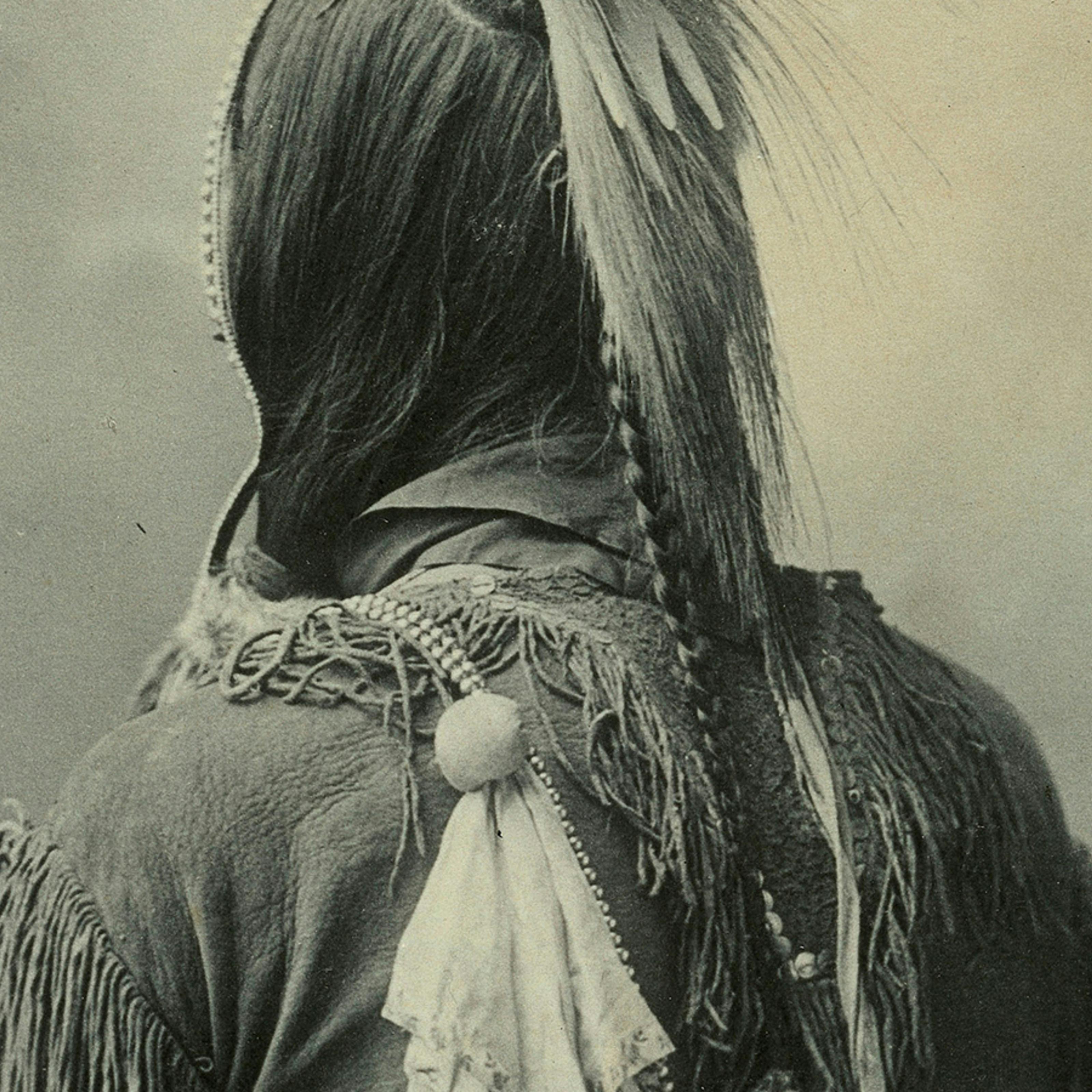In the 2016 book ‘Bone Rooms: From Scientific Racism to Human Prehistory in Museums’, Samuel J Redman notes: “The campaign to preserve and collect was viewed as a race against time; bone empires benefited from this powerful sentiment by conceptualising indigenous and ancient bodies as a limited and scientifically valuable resource.”
READ: Native Americans and the dehumanising force of the photograph | Wellcome Collection
In the 2005 book ‘Beyond the Reach of Time and Change: Native American Reflections on the Frank A Rinehart Photograph Collection’, Simon Ortiz writes:
“Whether he wanted to or not, the real and actual Indian vanished into the image contrived by non-Indian interests, since he became, in some sense, acceptable then ‘as an Indian’, albeit an Indian fashioned, styled and – even literally – costumed (for example, photographic studio props were used by photographers such as Rinehart and Edward Curtis) so that he could be identified as nothing but an Indian.”























No comments:
Post a Comment
Please: Share your reaction, your thoughts, and your opinions. Be passionate, be unapologetic. Offensive remarks will not be published. We are getting more and more spam. Comments will be monitored.
Use the comment form at the bottom of this website which is private and sent direct to Trace.